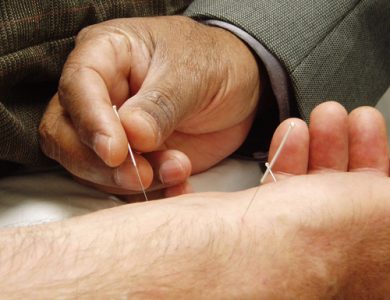Aortic Aneurysms: Understanding Causes, Symptoms, and Treatment Options

An aortic aneurysm is a serious medical condition characterized by an abnormal bulging or dilation of the aorta, the body’s largest artery. If left untreated, an aortic aneurysm can lead to life-threatening complications, including rupture. Understanding the causes, symptoms, and treatment options is crucial for effective management and prevention.
Causes of Aortic Aneurysms
Aortic aneurysms can develop due to several factors, including:
- Atherosclerosis: The buildup of fatty deposits in the arteries can weaken the arterial walls and lead to aneurysms.
- Genetic Factors: A family history of aneurysms can increase the risk of developing the condition.
- High Blood Pressure: Hypertension can put extra pressure on the arterial walls, contributing to aneurysm formation.
- Smoking: Tobacco use can damage the arteries and increase the risk of aneurysms.
- Infections and Inflammatory Conditions: Conditions such as vasculitis or infections affecting the aorta can lead to aneurysm development.
Types of Aortic Aneurysms
There are two main types of aortic aneurysms:
- Abdominal Aortic Aneurysm (AAA):
- It occurs in the lower part of the aorta, which runs through the abdomen. AAAs are more common in men and older adults.
- Thoracic Aortic Aneurysm (TAA):
- It occurs in the upper part of the aorta, which runs through the chest. TAAs are less common but can be more challenging to diagnose and treat.
Symptoms of Aortic Aneurysms
Aortic aneurysms often develop slowly and may not present symptoms until they become large or rupture. When symptoms do occur, they may include:
- Abdominal Pain: Sudden, severe, and persistent pain in the abdomen or back may indicate an AAA.
- Chest or Upper Back Pain: Sharp, severe pain in the chest or back may indicate a TAA.
- Pulsating Sensation: A noticeable, throbbing sensation in the abdomen.
- Shortness of Breath: Difficulty breathing or wheezing, particularly with a TAA.
Treatment Options
The treatment of aortic aneurysms depends on their size, location, and the patient’s overall health.
- Monitoring
- Small, asymptomatic aneurysms may be monitored regularly with imaging studies to track their growth.
- Medications
- Blood pressure medications may be prescribed to reduce the risk of aneurysm growth and rupture.
- Surgical Repair
- Open surgery involves removing the damaged section of the aorta and replacing it with a synthetic graft.
- Endovascular Repair: A minimally invasive procedure in which a stent graft is inserted into the aorta through a catheter to reinforce the weakened area.
Seeking treatment in Singapore
Singapore offers advanced diagnostic and treatment options for aortic aneurysms, with experienced specialists providing personalized care plans.
An aortic aneurysm occurs when a portion of the aorta, the body’s largest artery, becomes weakened and bulges. This condition can lead to life-threatening complications if not properly managed.
Causes and Risk Factors
Aortic aneurysms often result from factors that weaken the arterial wall, including high blood pressure, atherosclerosis (hardening of the arteries), and genetic conditions like Marfan syndrome. Risk factors also include smoking, age (especially those over 65), and a family history of aneurysms.
Symptoms
Aortic aneurysms can be asymptomatic, making them difficult to detect early. When symptoms do appear, they might include sudden, severe pain in the chest or abdomen, back pain, or a pulsating sensation near the navel. If the aneurysm ruptures, it can cause intense pain, rapid heartbeat, and potentially fatal internal bleeding.
Treatment Options
Treatment depends on the aneurysm’s size and risk of rupture. Small, asymptomatic aneurysms may be monitored regularly with imaging and managed with lifestyle changes and medication. Larger or symptomatic aneurysms often require surgical intervention, which can be performed through traditional open surgery or less invasive endovascular procedures. Early detection and management are crucial for improving outcomes and reducing risks.
Conclusion
Aortic aneurysms are serious conditions that require timely diagnosis and management to prevent complications. Understanding the causes, symptoms, and available treatments can help patients and caregivers make informed decisions about their care. Early detection and appropriate treatment can significantly improve outcomes and enhance quality of life.





